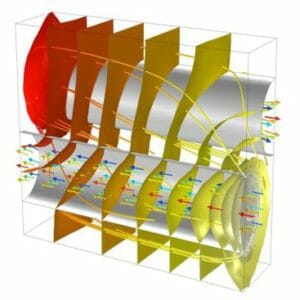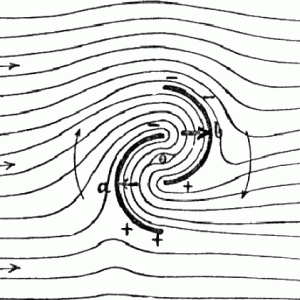E – 1469 Intelligent Transportation Systems (ITS) and Related Privacy Issues
$75.00
Intelligent Transportation System (ITS) project developers must be aware that once they collect personally-identifiable information (for example, vehicle location, vehicle movement, and occupants’ identity) for use in an ITS application, law-enforcement agencies or parties engaged in civil litigation may want to use the information for their own, quite different purposes. “Collect the data and they will come” describes the situation. The danger for the ITS project is that use of the data by outsiders may generate a public backlash or possibly civil-liberties litigation that could cause the entire project to be cancelled.
This course discusses legal and political principles that should be taken into consideration in ITS design, from initial concept through implementation. Specific examples mentioned are automated enforcement of traffic laws (for example, red-light cameras), vehicle miles traveled taxes, electronic tolling systems, and electronic enforcement of graduated drivers licenses (intended especially for teenage drivers), and—dating to a period before the introduction of ITS—the civil-liberties issues arising from the government mandate of seat-belt ignition interlocks. Without knowledge of the legal framework that applies to emerging technology, ITS developers set themselves up for frustration as ideas that appear flawless in an engineering office may become controversial when they reach the implementation stage. The understanding of privacy both as a political concept and a legal protection provides the foundation for future ITS progress, allowing new technologies to be developed in ways that will gain public acceptance and avoid privacy or civil-liberties objections.
This course is based on Report No. CTS 11-21, “ITS and Locational Privacy: Suggestions for Peaceful Coexistence,” written by Frank Douma and Sarah Aue, and sponsored by the Intelligent Transportation Systems Institute, Center for Transportation Studies, University of Minnesota, October, 2011.
Description
Intelligent Transportation System (ITS) project developers must be aware that once they collect personally-identifiable information (for example, vehicle location, vehicle movement, and occupants’ identity) for use in an ITS application, law-enforcement agencies or parties engaged in civil litigation may want to use the information for their own, quite different purposes. “Collect the data and they will come” describes the situation. The danger for the ITS project is that use of the data by outsiders may generate a public backlash or possibly civil-liberties litigation that could cause the entire project to be cancelled.
This course discusses legal and political principles that should be taken into consideration in ITS design, from initial concept through implementation. Specific examples mentioned are automated enforcement of traffic laws (for example, red-light cameras), vehicle miles traveled taxes, electronic tolling systems, and electronic enforcement of graduated drivers licenses (intended especially for teenage drivers), and—dating to a period before the introduction of ITS—the civil-liberties issues arising from the government mandate of seat-belt ignition interlocks. Without knowledge of the legal framework that applies to emerging technology, ITS developers set themselves up for frustration as ideas that appear flawless in an engineering office may become controversial when they reach the implementation stage. The understanding of privacy both as a political concept and a legal protection provides the foundation for future ITS progress, allowing new technologies to be developed in ways that will gain public acceptance and avoid privacy or civil-liberties objections.
This course is based on Report No. CTS 11-21, “ITS and Locational Privacy: Suggestions for Peaceful Coexistence,” written by Frank Douma and Sarah Aue, and sponsored by the Intelligent Transportation Systems Institute, Center for Transportation Studies, University of Minnesota, October, 2011.
- Principles and unresolved issues in current privacy law
- The distinction between anonymous and personally identifiable information
- The need to obtain consent, when identifying information is collected
- Different access to information by public as opposed to private actors
- Case studies: seat belt ignition interlock, occupant crash protection, automated law enforcement, electronic tolling and graduated driver’s license enforcement.






